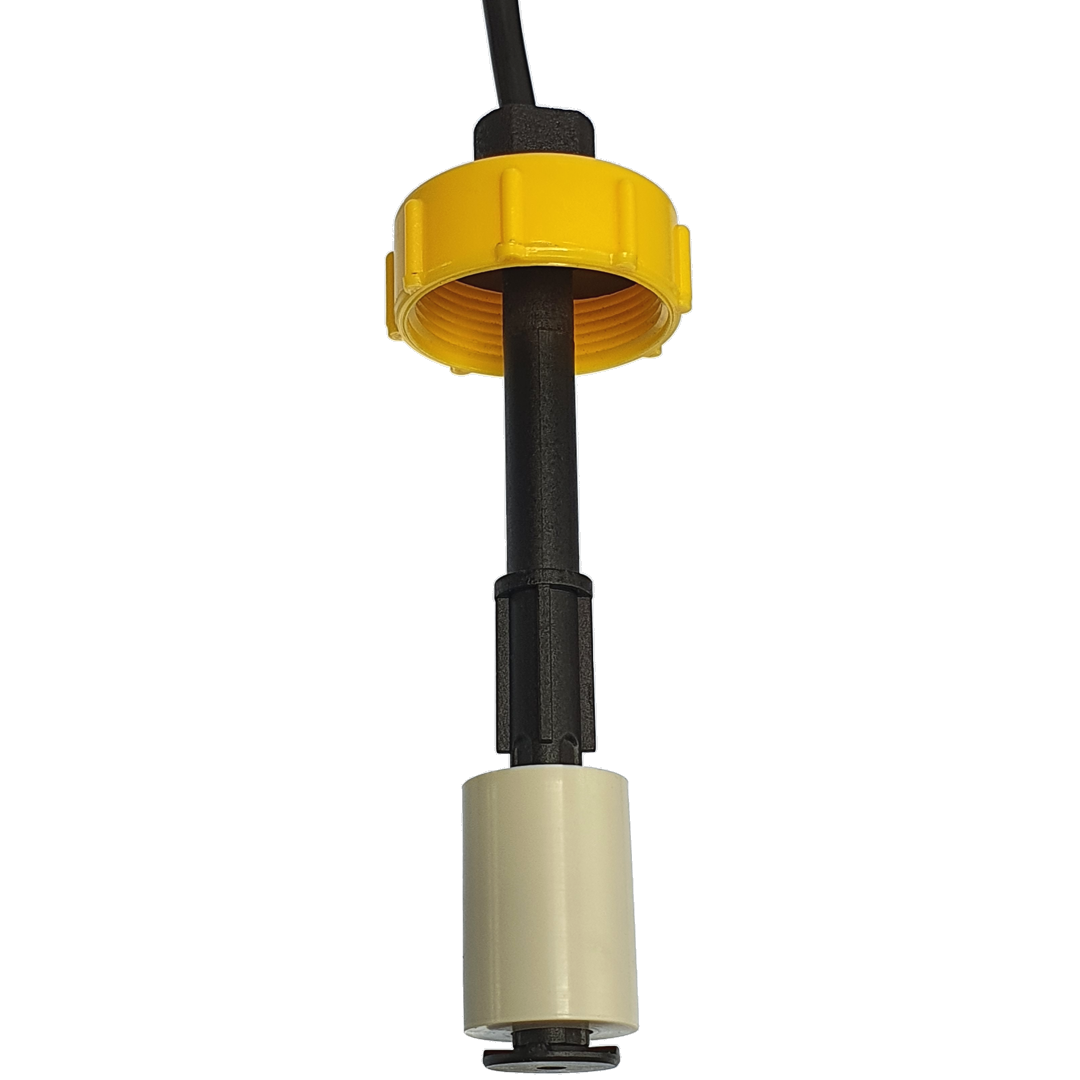Float level sensors and level switches are two types of devices used to measure and control the level of liquids in tanks, vessels, and pipelines. While both devices serve the same purpose, they differ in their operating principles, design, and functionality. In this article, we will compare float level sensors and level switches, highlighting their strengths and weaknesses, and provide guidance on choosing the right solution for your specific needs.
How Float Level Sensors Work
Float level sensors use a floating device that rises or falls with the liquid level, triggering a sensor or switch when it reaches a predetermined point. The sensor or switch then sends a signal to a control device, such as a pump or valve, to turn on or off, or to adjust its operation. Float level sensors are commonly used in applications where the liquid level needs to be continuously monitored, such as in tank filling and emptying operations.
How Level Switches Work
Level switches, on the other hand, are designed to detect a specific liquid level and trigger a response when that level is reached. They typically consist of a probe or sensor that is submerged in the liquid, and a switch or relay that is activated when the liquid level reaches a predetermined point. Level switches are commonly used in applications where a specific liquid level needs to be maintained, such as in tank overflow prevention and pump control.
Key Differences Between Float Level Sensors and Level Switches
One of the main differences between float level sensors and level switches is their operating principle. Float level sensors use a level switch changes in the liquid level, while level switches use a probe or sensor to detect a specific liquid level. Another key difference is their functionality. Float level sensors provide continuous level monitoring, while level switches provide point-level detection. Additionally, float level sensors are typically more accurate and reliable than level switches, but may require more maintenance and calibration.
Choosing the Right Solution for Your Needs
When choosing between a float level sensor and a level switch, it's essential to consider your specific application requirements. If you need to continuously monitor the liquid level, a float level sensor may be the better choice. However, if you need to detect a specific liquid level and trigger a response, a level switch may be more suitable. Additionally, consider factors such as accuracy, reliability, maintenance requirements, and compatibility with your control system.

Application Considerations
Float level sensors and level switches are used in a wide range of applications, including tank filling and emptying, pump control, and overflow prevention. In tank filling and emptying applications, float level sensors are commonly used to continuously monitor the liquid level and control the flow of liquids. In pump control applications, level switches are commonly used to detect a specific liquid level and trigger the pump to turn on or off. In overflow prevention applications, level switches are commonly used to detect a high liquid level and trigger an alarm or shutdown.
Installation and Maintenance Considerations
When installing float level sensors and level switches, it's essential to consider factors such as tank size and shape, liquid properties, and operating conditions. Regular maintenance is also crucial to ensure optimal performance and extend the lifespan of the device. This includes cleaning the device and its components, checking for wear and tear, and replacing worn or damaged parts.
Conclusion
Float level sensors and level switches are both effective solutions for measuring and controlling the level of liquids in tanks, vessels, and pipelines. By understanding the strengths and weaknesses of each device, and considering your specific application requirements, you can choose the right solution for your needs. Whether you need continuous level monitoring or point-level detection, there is a float level sensor or level switch that can meet your requirements and provide reliable and accurate performance.





Comments